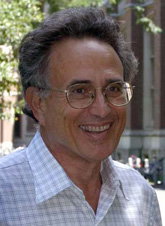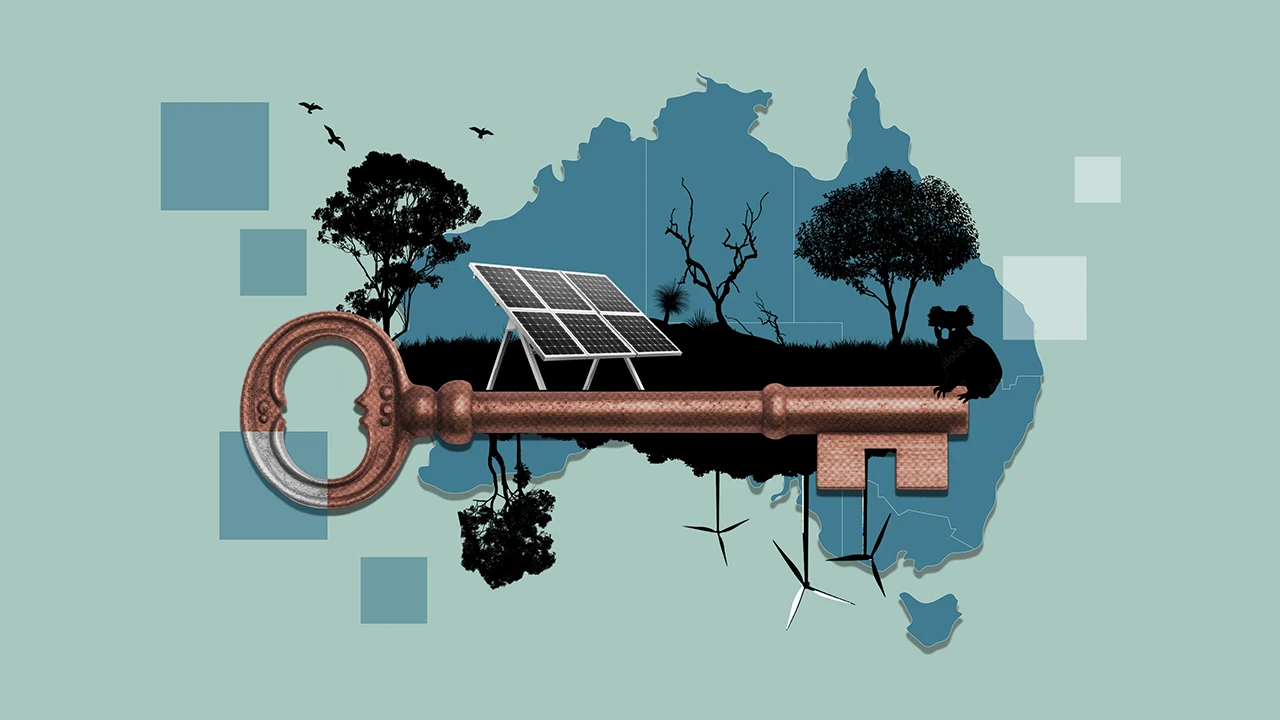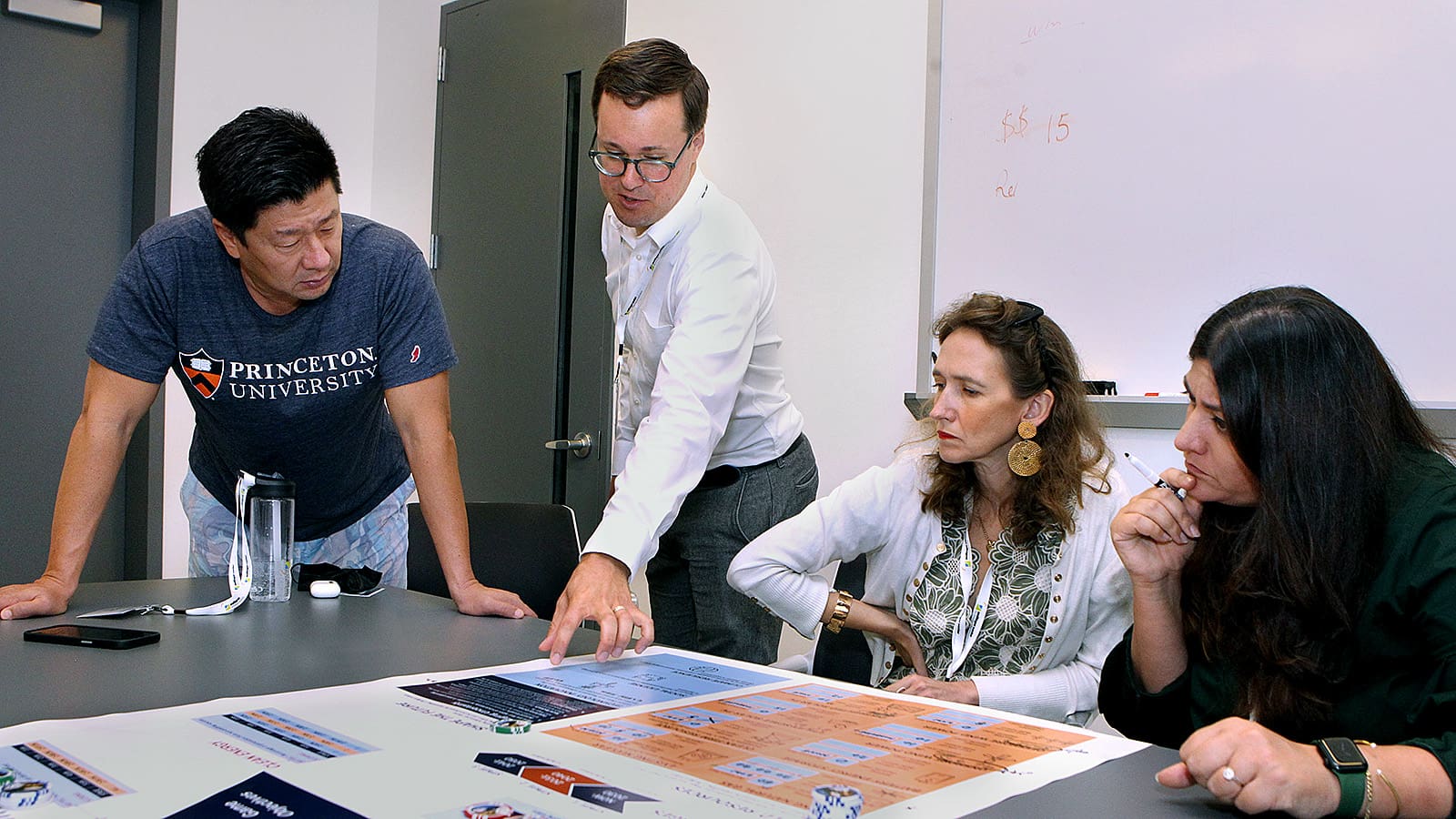Socolow testifies before Senate on ‘America’s Energy Future’
By
on
 The nation’s energy future can be protected by the immediate implementation of techniques to capture and store carbon dioxide emissions, engineering professor Robert Socolow told the U.S. Senate Finance Committee Tuesday, Feb. 27.
The nation’s energy future can be protected by the immediate implementation of techniques to capture and store carbon dioxide emissions, engineering professor Robert Socolow told the U.S. Senate Finance Committee Tuesday, Feb. 27.
The co-director of the Carbon Mitigation Initiative, a joint research project of Princeton University, BP and the Ford Motor Company, Socolow was one of five expert witnesses to testify in the hearing, “America’s Energy Future: Bold Ideas, Practical Solutions.”
The hearing provided background discussion for the Energy Research Act of 2007, introduced Feb. 27 by Senate Finance Committee Chairman Senator Max Baucus (D-Mont.). The legislation would create a new research agency, Advanced Research Projects Agency – Energy, to address the nation’s energy problem.
Socolow told the committee that the energy crisis is made more urgent by the direct conflict between the country’s rush to produce more coal power and the need to address climate change. Burning coal releases more carbon dioxide per kilowatt-hour of energy generated than any other energy source. Capturing the carbon dioxide produced and sequestering it deep underground would prevent the greenhouse gas from reaching the atmosphere, Socolow said. Furthermore, he added, this solution is practical and ready for large-scale deployment today.
“Carbon capture and sequestration is commercially mature; it uses proven technologies in new combinations,” Socolow said. The capture techniques have been used for over two decades by some natural gas and coal power plants to collect their carbon dioxide for use by the food industry. Capture and sequestration of carbon dioxide is “likely to become a favorable economic strategy” that would not have a large impact on consumers, but would encourage technological advancement in industry, according to Socolow, a professor of mechanical and aerospace engineering.
The carbon dioxide collected could breathe new life into old oil fields if injected gas were used to force more oil out of the ground, Socolow said. For example, the carbon dioxide produced in a year by a 1,000 megawatt coal plant would provide enough gas to increase oil production at mature domestic oil fields by 30,000 to 80,000 barrels a day.
Socolow recommended that the committee restrict investment tax credits to coal power plants that capture and sequester the carbon they produce. As multiple capture and storage methods exist, Socolow said the market should be allowed to decide the correct strategy for each circumstance.
“Urgently needed for the current period are policies that give clear and persuasive signals that any new coal plants without carbon capture and sequestration will be penalized, not rewarded, in whatever U.S. climate-change mitigation policy emerges after the current planning period,” Socolow said.






